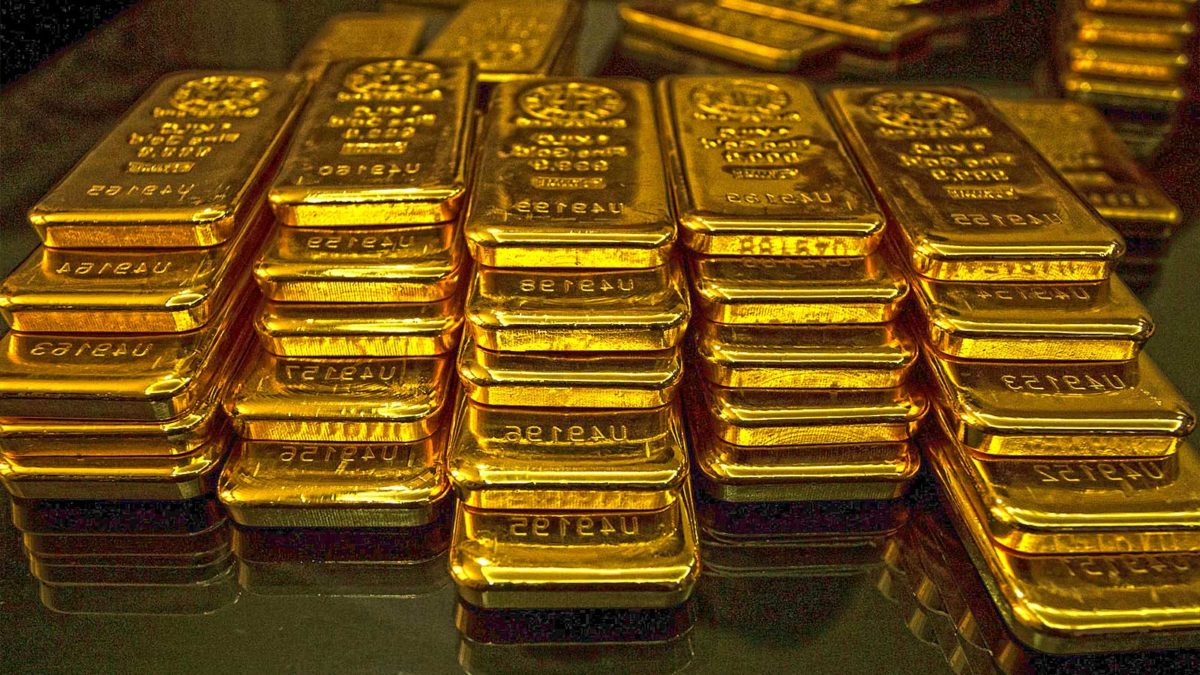The one true hedge that continues to deliver
Investors are piling into the safe-haven asset following the crisis in Ukraine. Dubbed the “currency of last resort,” gold is often seen as a safe-haven asset in times of market turmoil, because it retains its value during a time of crisis. Going back in history, gold has been considered a store of value for quite some time. It was a particularly strong safe-haven asset in the aftermath of September 11, 2001 and the Global Financial Crisis in 2008.
Often during severe periods of political or economic unrest, gold thrives. Some recent examples of when gold outperformed shares and bonds include the 9/11 attacks in the United States, Brexit and the onset of COVID-19. In response to the Russian invasion of Ukraine, the defensive asset is once again being tested having broken out of the range-bound position it was stuck in for much of 2021. At the time of writing, the gold price has snuck back below the US$2,000 barrier and is trading at around US$1992 an ounce.
ETF Securities says “another factor in gold’s recent rise is rising inflation, which is no longer seen as a transitory effect of the post-COVID recovery. Gold is up around 20 percent since its 12-month low in March last year. ETF Securities’ Physical Gold ETF (ASX Code GOLD), which is backed by physical gold, returned 5.23 per cent over year to date (28 Feb).
ETF Securities Head of Distribution, Kanish Chugh, says, “Disruptive geopolitical events usually damage shares and bonds. When turmoil strikes, investors flee risk. The value of bonds and shares are determined by what they’ll do in the future, or by their future cash flows. When investors worry about the future, they naturally ditch assets whose value derives from it.”
Australian dollar gold has had a negative correlation of -0.36 to international equities like the S&P 500 and a negative correlation of -0.23 to domestic Australian equities like the All Ords.
ETF Securities Chugh attributes this to gold’s properties such as; having no cash flows, unlike shares, bonds or property. It cannot be valued based on future cash flows.
He adds, “On the inflation front, commentary has shifted from seeing higher inflation as a transitory effect of the post-COVID recovery to accepting that it is a longer-term shift. The US consumer price index hit 7% in December. Higher inflation has historically supported gold. According to the World Gold Council, gold performs best when inflation is above 3%. When inflation rises, the value of paper money declines.”
“Gold is known for being unpredictable. For some investors, this is a strength, as it helps ensure gold is an effective diversifier. And as we enter the new year, wearier, and with more dangers lurking, gold could continue providing an important source of diversification in investors’ portfolios.”
But Gold should be seen as just an asset for a crisis. Chugh says, “Asset allocation analysis suggests that adding 2% to 5% of gold to a portfolio can improve performance and boost risk-adjusted returns on a long-term basis. This is because gold has shown consistently low levels of correlation with stocks and bonds over the long term, which means that the addition of gold to a portfolio is often able to improve risk-adjusted returns by adding diversification.”









